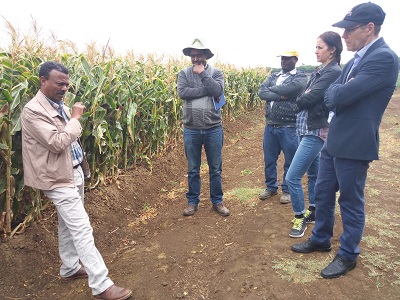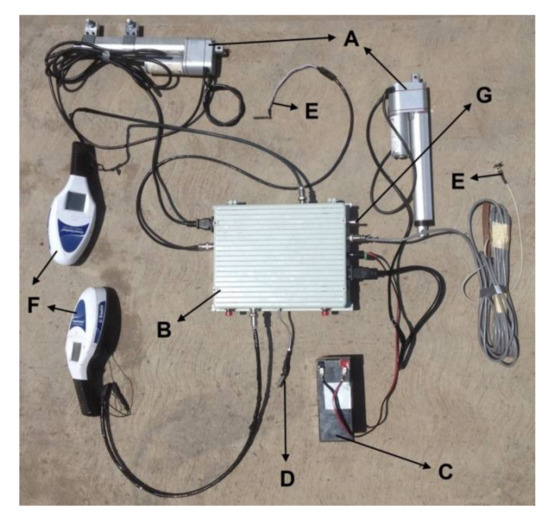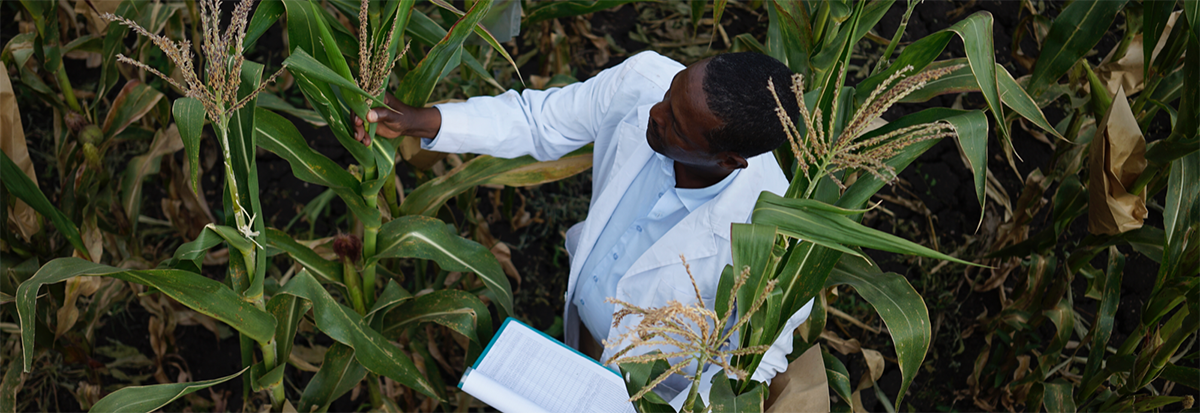Seed companies are responsible for creating demand for quality protein maize
 Nutrition, health and food security
Nutrition, health and food security
Recently, the CIMMYT-led, Global Affairs Canada-funded, Nutritious Maize for Ethiopia project has led field visits for a number of high-level stakeholders.
Tar Spot Complex a potential big black spot on US maize economy
 Nutrition, health and food security
Nutrition, health and food security
A new study shows that nearly 12 million hectares of the maize-growing USA, approximately 33 percent of the entire maize-growing area of the country, might be vulnerable to a disease called Tar Spot Complex (TSC).
CIMMYT Board of Trustees: Out of the boardroom and into the field
 Nutrition, health and food security
Nutrition, health and food security
Q+A with Iván Ortíz-Monasterio on nitrogen application and consequences
 Climate adaptation and mitigation
Climate adaptation and mitigation
In this interview, Iván Ortíz-Monasterio, expert on sustainable intensification and wheat crop management, discusses the overuse of nitrogen fertilizer and related consequences, his experience with farmers, and his outlook for the future.
Breaking Ground: Terry Molnar uses native maize varieties to find novel traits for breeding
Terry Molnar is helping farmers face these challenges by using the natural diversity of plants to unlock desirable genetic traits inside food crops.
Farmers in Ethiopia willing to pay more for quality protein maize
 Nutrition, health and food security
Nutrition, health and food security
In Ethiopia, 44 percent of children under the age of five experience impaired growth due to poor nutrition. Quality protein maize helps combat stunting and boosts nutrition in children who survive on a maize-dominated diet.
New Publications: Precision agriculture for smallholder farmers
A new study tests a stepping-stone for small-scale precision agriculture fertilizer application.
Young women scientists who will galvanize global wheat research
 Capacity development
Capacity development
Winners of the Jeanie Borlaug Laube Women in Triticum (WIT) Early Career Award joined an on-going wheat research training course organized by CIMMYT.
New publications: The importance of wheat in the global food supply to a growing population
A new publication discusses the importance of wheat in the global food supply and meeting future demand from a growing population.
Overcoming gender gaps in rural mechanization
 Gender equality, youth and social inclusion
Gender equality, youth and social inclusion
A new publication details current gender gaps in rural mechanization in Bangladesh, and outlines plans to overcome these challenges.






